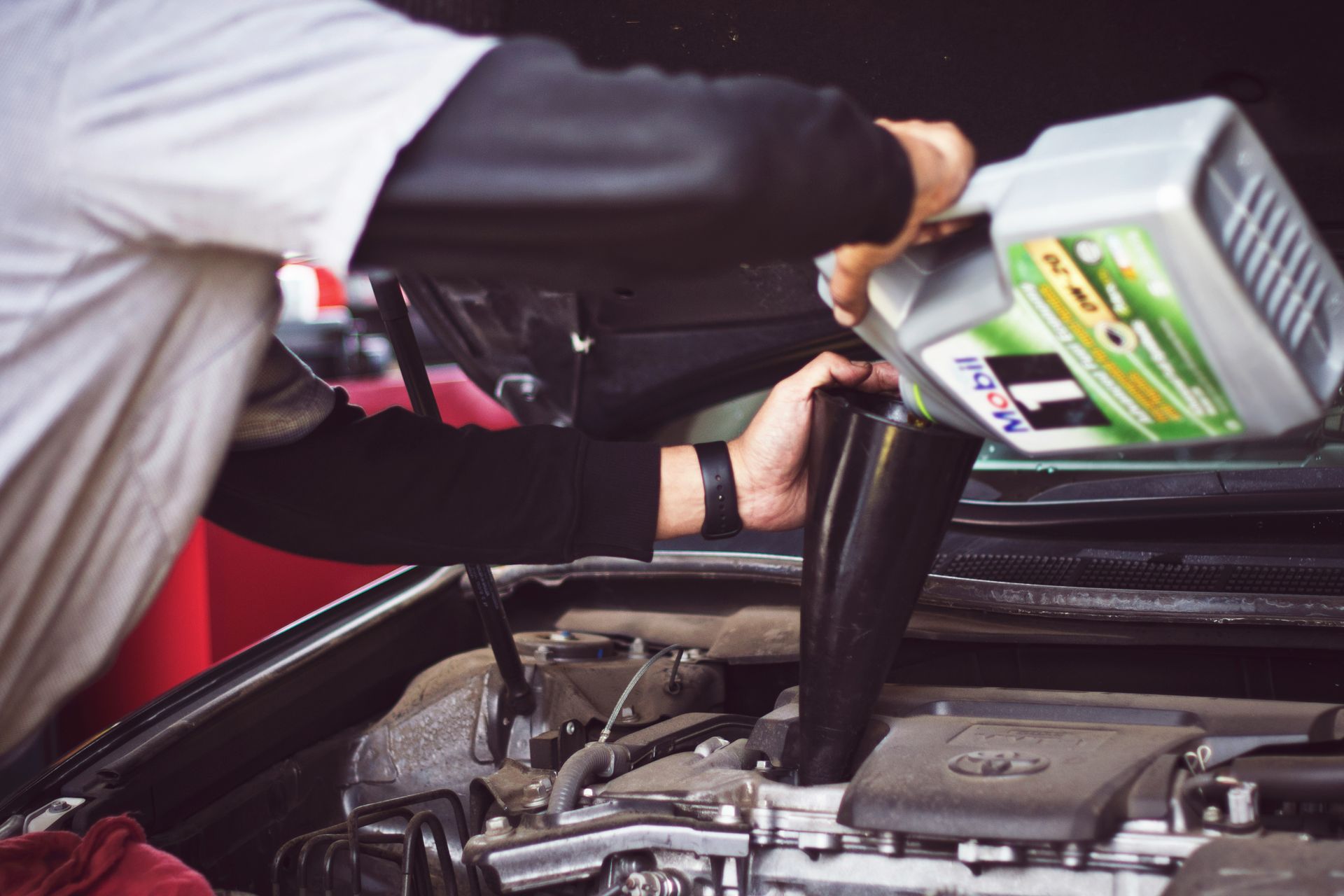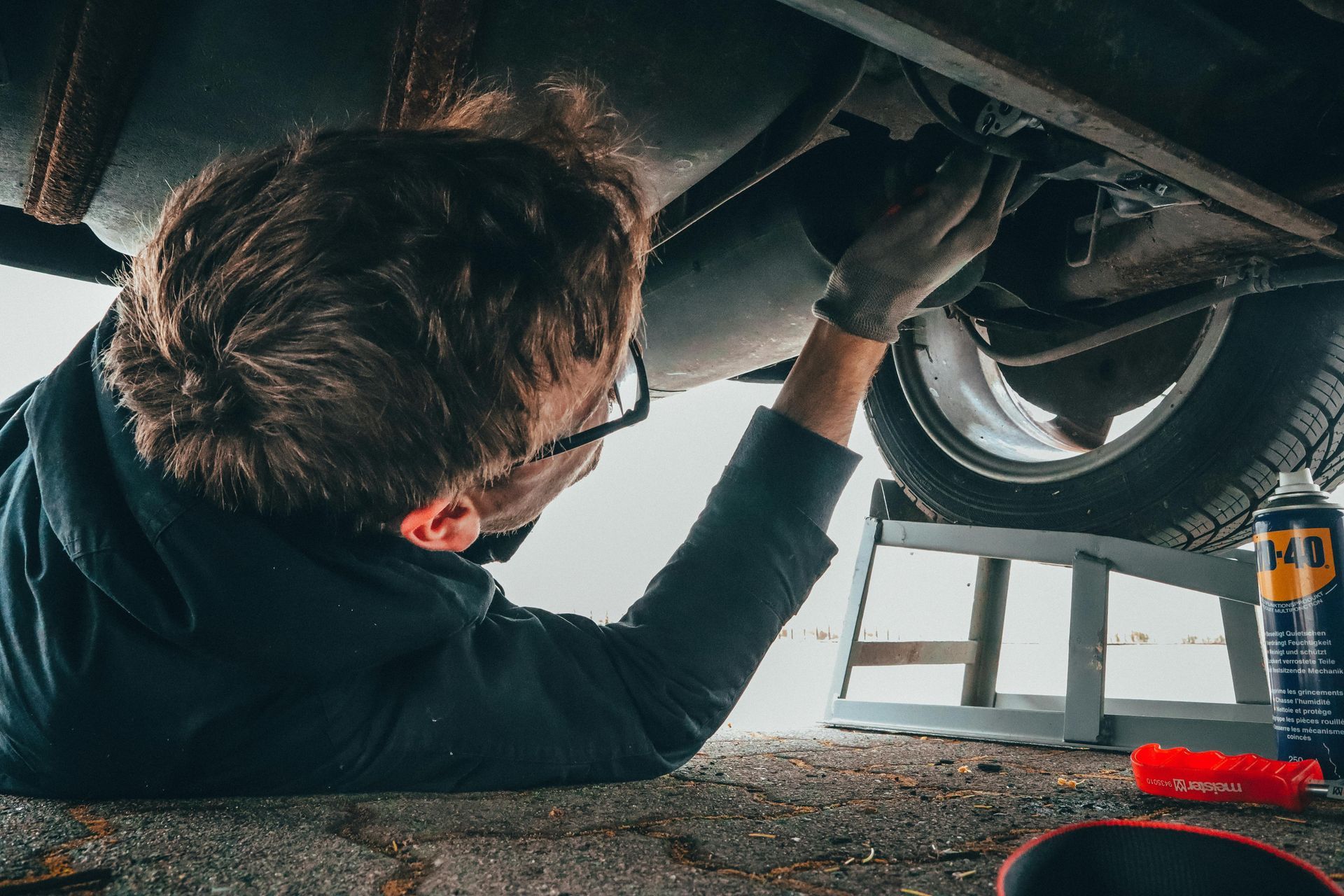Common Reasons For MOT Failure
There are a number of reasons your vehicle could fail its MOT, some of which could be avoided by regular maintenance and servicing. Here are some of the most common reasons for MOT failure:
- Lighting & Signalling Issues – Unfortunately, these issues are responsible for a high amount of MOT failures. For example, blown bulbs or faulty indicators can result in an advisory or failure. In addition, if there is a more significant hidden problem, such as a faulty fuse or wire, this could also prevent your vehicle passing its MOT.
Prior to the test, you should make sure that all indicators and exterior lights are working correctly. - Windscreen & Wipers – Chips or cracks in the windscreen which are impacting the visibility of the driver could also result in MOT failure. Damage elsewhere could also result in an advisory or failure, if deemed large enough to cause visibility issues or potential danger. Furthermore, if you’re stopped by the police for driving with a damaged windscreen, you may receive a penalty or points on your licence.
- Brakes – During an MOT test, a technician will inspect aspects of the braking components and how effective they are at stopping the car. As well as checking for brake efficiency, tests will be carried out to make sure the brakes are balanced from left to right, and whether there are any issues causing vibration through the steering.
- Exhaust System – MOT technicians will mainly be checking for leaks in the exhaust system, most of which are caused by corrosion.
- Tyres – To pass its MOT, the tread depth on your tyres must be at least 1.6mm, which is the legal minimum. Here at CARS, we recommend having a tread depth of at least 3mm at all times, to ensure your vehicle remains safe and road worthy.
If you are stopped by the police whilst driving on tyres of insufficient depth, you could be facing a penalty or points on your licence.
Tyre safety can be compromised by cracking to the tyre walls and could also result in an MOT failure.
It’s worth noting that MOT regulations can change from time to time. Be aware that something listed as an advisory on your MOT one year could be listed as a failure the following year.
Ultimately, making sure your vehicle maintenance is carried out regularly will increase the chances of the vehicle passing its MOT. Furthermore, if you hear any sounds that are unfamiliar, or any new dashboard lights pop up, we recommend addressing these as soon as possible, to prevent a larger issue developing.
The following blogs can help you:












